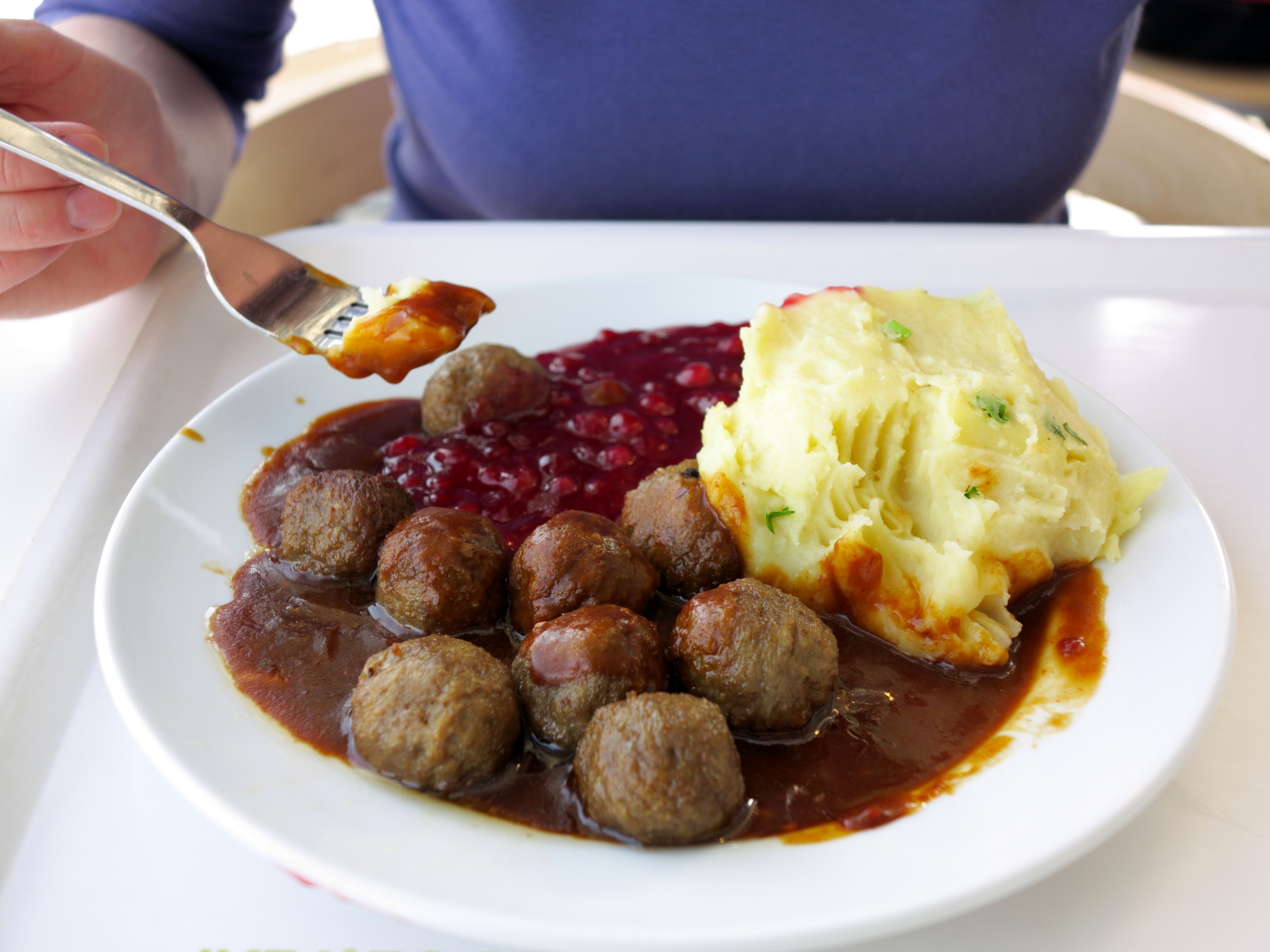
In today’s post, I will be doing a very general overview of Vietnamese culture. We will cover aspects such as family life, Traditional dress, major festivals, literature, and art.
Family Life
Traditionally, Vietnamese households would have 3 or 4 generations living together under one roof. Many families were guided by the saying “more children, more fortunes”. These households were often heavily influenced by traditional Confucian and feudal views of male preference. Men tended to have important roles in the family, often being the head of the house. Women often acted under the feudal ethics of “three obedience’s, four virtues”. The three obedience’s are obedience to their fathers during childhood, to their husbands when married and to their sons in widowhood. Meanwhile, the four virtues are diligence, good manners, proper speech, and morality.
Nowadays, household and family life is different. In recent years, legal documents have been adopted to make family relations more equal. Families now have 2 or 3 generations under one roof, and most couples only have 2 children. Advocacy for men’s superiority over women has become less common. However, with these changes, often times men remain the head of houses. There is also still advocacy for “respect for the elderly and love for the children”.
Costume/Dress
Traditionally, traditional dress has varied greatly between different ethnic groups. In fact, most ethnic groups have their own distinct costumes. Many of these are decorated with vivid patterns and contrasting colors. These outfits tend to be made out of natural fibers like ramie, silk, pineapple yarn and cotton, all fine, durable, and sweat absorbing materials. Outfits were often designed around the ability of people to work manual labor.


Men traditionally wore outfits consisting of white pants and brown tops with a scarf. They would also commonly wear ordinary sandals or wooden clogs called “guoc”. For more formal or official events, they would wear a long velvet or cotton dress, paired with a turban.

Women traditionally wore more colorful clothing. Daily wear consisted of a black skirt, white brassieres, a four-panel dress with a “crow-beak” scarf and a pergularia-like belt. For more formal events, outfits would consist of three layers of dresses. The first was a velvet four panel dress in a dark color or light brown. The second layer would be a light-yellow dress, with the third layer being a lotus-colored dress. These dresses would have buttons going up the sides and women would often only fasten the buttons below her underarms, and the upper part is opened to show the three colors of their dresses. Beneath the dresses, women typically wore a red brassiere. These outfits were often paired with a special conical hat called “non”.

Now a days, formal wear has changed for many. For men, suits have become more common than the more traditional dress. For women, many still wear Ao Dai, though its style has changed a bit. The modern Ao Dai is more a tunic with a slit to the waist with two loose panels falling down to about the mid shin.
Major Festivals

Arguably, the most important festival of the year is Lunar New Year, also known as Tết Nguyên Đánor just Tết. During this festival, following the Chinese Lunar calendar, families will all come together to enjoy a big feast. Tết is the end of the old year, so it is believed that one must wrap up the misfortunes to open up a new year of good opportunities. Many families pay tribute to gods and ancestors. Often performing traditional rites such as “the first visitor of the Year,” “buds picking” and “lucky money”.

Another major festival is the Vu Lan Festival also known as Full-Moon Festival. This time is dedicated to deceased parents, grandparents, and ancestors. Many families during this time remember the phrase “when eating fruit, remember who planted the tree”. This festival is often celebrated by holding worshipping rites. This includes leaving offerings to ancestors as well as wandering spirits who may not have anyone to celebrate them. These offerings typically include parched rice, dry pancake, candies, and fruits. Often times votive papers are burnt for spirits of the dead.



Another festival is the August Full-Moon festival or Mid-Autumn festival. This also referred to as the Moon Watching festival. Families will have a tray of specialties for members. This tray will be passed around as the families eat and enjoy the moon’s beauty. This festival is considered very fun, especially for younger children.
The final festival we will talk about in this post is the Hung Kings Worshipping festival. During this festival, traditional offerings are prepared. People prepare lanterns, incense sticks, wine, betel, arca-nut water, Chung, and Day Cakes.
Literature

In Vietnamese literature, there are three primary time periods that have been impactful. These are traditional literature, contemporary literature, and revolution literature. Traditional literature includes things such as folklore, classical Chinese, and Nom (Vietnamese scripts modified from classical Chinese scripts). Contemporary literature came into fruition after the National Language Introduction set the foundation. Revolutionary literature was popular between 1945 to 1975. This literary time reflected the nation’s aspiration for peace and independence after years of occupation.
Arts
Vietnam has various forms of performing arts. Interestingly, many of these types may borrow from other cultures. We will in this post talk about a few influential forms as well as arts that are still in use/popular.


One ancient and popular art is Royal Music and Dancing. This particular art has many different styles. This are thrived during the dynasty of Emperor Lê Thánh Tông. There are various branches, such as Trung Cung Chi Nhac (Palace music), Yen Nhac (Banquet music), Nha Nhac (Refined music), Mieu Nhac (Confucian Temple music), Dai Nhac (Great music), Van Vu (Civil dance), and Vo Vu (Military dance). While Royal Music and Dancing may have thrived during the dynasty of Emperor Lê Thánh Tông, it peaked during the Nguyen Dynasty. This art functioned as a way to wish the king and his family happiness, prosperity, and longevity.

Another common form of performing art is Water Puppetry. This art first appeared in the Ly Dynasty. This involves characters acting out many different stories. Characters are sculptures often with different shapes and personalities. Typically sculpted from wood and coated with waterproof material. The main reason it is called water puppetry is dues to the puppeteers being in water to control the puppets. These performances are often accompanied by music provided by a drum set, tocsins, and gongs.
Cheo also known as popular theater originated form folklore music and dances. Cheo was traditionally performed in villages. It is very popular in the northern delta region. Often times Cheo was used to teach traditional values to young audiences. Other theater includes Tuong also known as hat boi. This is characterized by its classical and scholarly theatrical art. Often it is compared to China’s opera or Japan’s Noh. Finally, there is also Cai Luong or reformed theater. This is characterized by its more traditional opera feel. It originated in the 20th century and consists of Ly folk songs and amateur music from Mekong Delta. It often is accompanied by an orchestra consisting mainly of guitars with concave frets and Vietnamese two-cord guitar.

Painting is also a very common art in Vietnam, in addition to popular sculptures. Painting is primarily divided into two categories, Folk painting and Modern painting. These visual arts are usually grouped with ancient sculpture as well. Folk painting is often split into two forms, these are New-Year paintings and Worshipping paintings. Both are often connected to religious beliefs. They were mass produced at one time using woodblock painting. However, in recent years, they have become extremely rare. Modern painting came after the founding of The Fine Arts College of Indochina and is often associated with contemporary plastic arts. Meanwhile, ancient sculpture has experienced continuous development, leading to a very diverse spread over many years.
I hope you have enjoyed learning about Vietnams culture through this post. If you are interested reading more in detail, the links are provided below!
 For our research project, we are researching how civic education is set up in Scandinavian countries. This includes Sweden, Norway, and Denmark. Civics is the study and understanding of governments, from their processes to their building blocks. It is also the study of how citizens should engage with their government to ensure they are being heard and respected.
For our research project, we are researching how civic education is set up in Scandinavian countries. This includes Sweden, Norway, and Denmark. Civics is the study and understanding of governments, from their processes to their building blocks. It is also the study of how citizens should engage with their government to ensure they are being heard and respected. Food consumption and security is a huge issue across the globe. Many countries have too much food, and many have too little. In all there are 1 billion people who are malnourished and underfed, and 1 billion who are overfed, as I have learned in my Intro to Global Issues class. There are multiple reasons for this, like access to trade, and access to calories versus nutrients. I personally have been incredibly lucky to have warm meals every day for the extent of my life, I have never experienced hunger or the sense of being malnourished. I have the privilege of options, I can choose what types of food I get to consume, and when to consume them.
Food consumption and security is a huge issue across the globe. Many countries have too much food, and many have too little. In all there are 1 billion people who are malnourished and underfed, and 1 billion who are overfed, as I have learned in my Intro to Global Issues class. There are multiple reasons for this, like access to trade, and access to calories versus nutrients. I personally have been incredibly lucky to have warm meals every day for the extent of my life, I have never experienced hunger or the sense of being malnourished. I have the privilege of options, I can choose what types of food I get to consume, and when to consume them. 

















 New Zealand is an island country located in Oceania off of Southeast Asia. The nation is comprised of two islands, the North and South Islands, and a couple of small islands. New Zealand is a common destination due to its wonderful nature and active biodiversity.
New Zealand is an island country located in Oceania off of Southeast Asia. The nation is comprised of two islands, the North and South Islands, and a couple of small islands. New Zealand is a common destination due to its wonderful nature and active biodiversity.